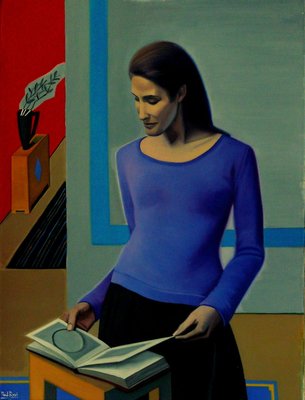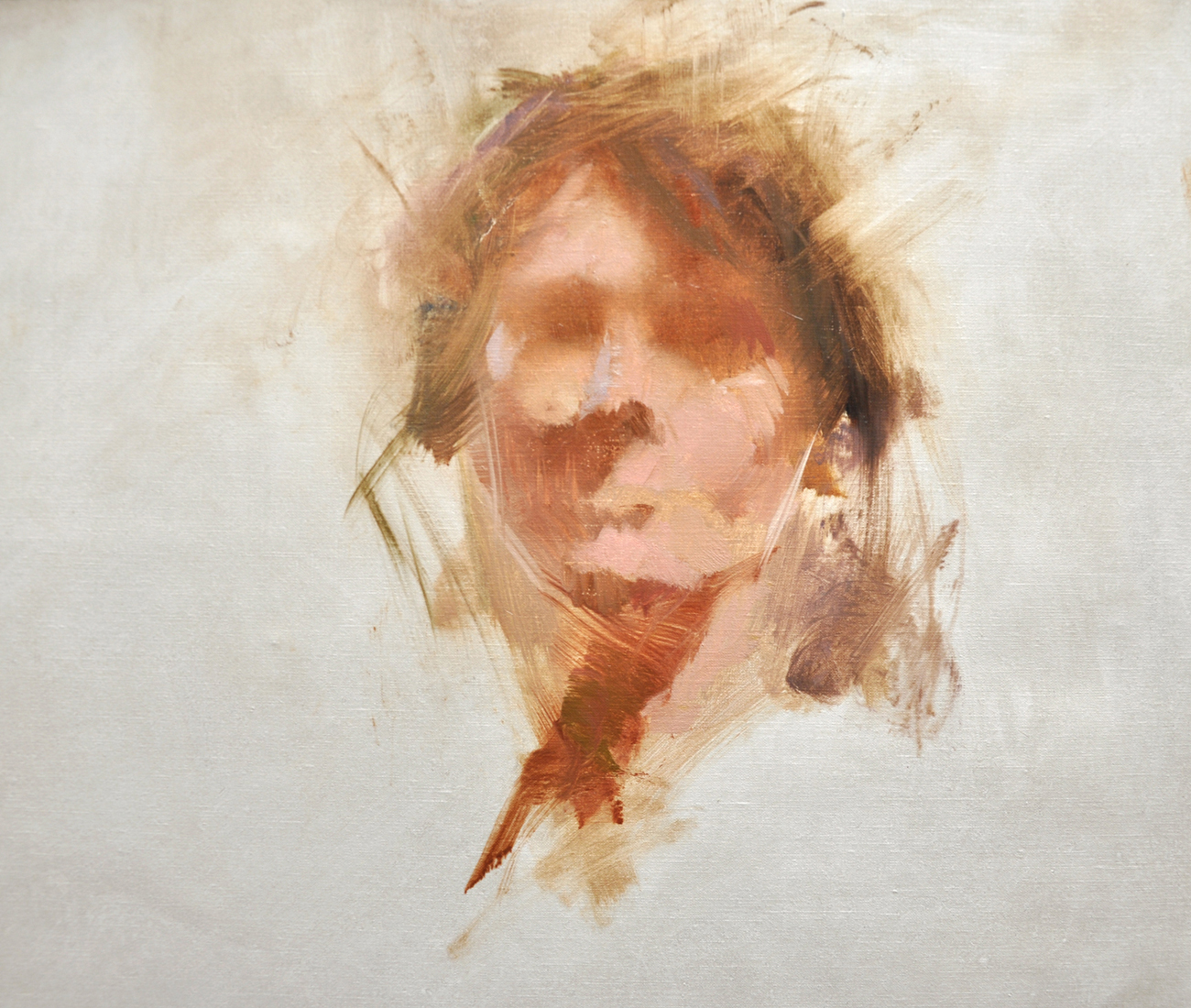The Impact of Figurative Oil Painting on Modern Art and Culture
The Impact of Figurative Oil Painting on Modern Art and Culture
Blog Article
The Development of Metaphorical Oil Painting: Recognizing Its Historical Importance and Modern Interpretations
The evolution of figurative oil paint serves as a compelling lens via which to analyze the interplay in between creative expression and historical context. Contemporary artists, drawing from this rich heritage, are currently reinterpreting the human number in ways that test traditional stories.
Beginnings of Figurative Oil Paint
The origins of metaphorical oil paint can be traced back to the very early Renaissance in Europe, particularly in the 15th century. This period noted a significant departure from the inflexible forms and flat depictions characteristic of middle ages art. Musicians began to check out naturalism, stressing the human number and its emotional expression. The advancement of oil paint permitted for greater depth of shade and information, enhancing the realism and vibrancy of their work.

In this transformative age, figures were typically illustrated within contextually rich environments, showcasing not only their physical characteristics but also their mental states. Leaders such as Jan van Eyck and Titian used the tool's adaptability, utilizing layering techniques to achieve luminance and appearance. This technology assisted in the portrayal of intricate materials and the subtleties of complexion, contributing to the growth of portrait and narrative scenes.
Moreover, the Renaissance emphasis on humanism fostered an admiration for uniqueness, which consequently influenced musicians to create even more relatable and dynamic figures - figurative oil painting. Therefore, metaphorical oil painting arised as a powerful lorry for storytelling and psychological interaction, preparing for future creative movements and designs
Key Historic Movements
Substantial historical activities have formed the evolution of metaphorical oil painting, each contributing one-of-a-kind approaches and strategies that broadened the tool's possibilities. The Renaissance noted a turning point, stressing realism and the human type, with musicians like Leonardo da Vinci and Michelangelo pushing the borders of anatomical accuracy and viewpoint. Following this, the Baroque era brought remarkable contrasts of light and darkness, exemplified by Caravaggio, who instilled spiritual styles with extreme emotionality.
The 19th century introduced Romanticism and Realistic look, where artists such as Delacroix and Courbet challenged classic perfects, focusing on private expression and day-to-day life. The introduction of Impressionism additionally revolutionized the medium by highlighting the results of light and color, resulting in a separation from typical depiction.
In the early 20th century, movements like Expressionism and Cubism redefined figurative paint via abstraction and the expedition of psychological depth. Each of these movements not only mirrored the societal modifications of their times however additionally prepared for modern interpretations. The interplay between these historical movements has produced a rich tapestry of styles and approaches, affecting contemporary musicians in their quest of catching the human experience on canvas.
Strategies and Products Advancement

Throughout the Baroque period, strategies such as chiaroscuro and sfumato emerged, boosting the emotional vibration of figurative make-ups. Artists started helpful site to explore glazes and impasto, controling texture and luminance. By the 19th century, developments like using pre-mixed paints in tubes transformed accessibility, enabling musicians to paint en plein air and record the fleeting impacts of light.
The 20th century witnessed the intro of artificial pigments and mediums, which broadened the palette and changed the uniformity of oil paints. Furthermore, the expedition of new application methods, such as scheme knives and brushes of varying rigidity, further diversified creative expression. Jointly, these advancements reflect the progressing partnership between materials, methods, and the imaginative vision inherent in figurative oil painting.

Contemporary Interpretations
Contemporary interpretations of figurative oil painting show a dynamic dialogue between custom and development, where artists challenge established norms and explore diverse themes. This evolution manifests in various means, as modern musicians blend classical techniques with modern concepts, often addressing social, political, and personal stories.
Lots of professionals attract inspiration from historical jobs, yet they instill their this article pieces with modern viewpoints, using the human form as a car for commentary on gender, identification, and society. Artists progressively try out abstraction, distortion, and multimedias, which permits a wider interpretation of the number and its context.
In addition, making use of vibrant shade palettes and unconventional make-ups commonly serves to interfere with standard viewing experiences, prompting vital engagement from target markets. This shift in emphasis extends past looks; it reflects an expanding understanding of the intricacies of human experience in an interconnected world.
As metaphorical oil painting proceeds to develop, it continues to be an important tool for exploring the subtleties of contemporary life, symbolizing both a regard for heritage and a commitment to dynamic thought. The outcome is an abundant tapestry of expression that resonates with the intricacies of the modern human problem.
Influence on Modern Art
The impact of figurative oil paint on modern-day art is profound, as it has continuously motivated a myriad of artistic movements and methods throughout the 21st and 20th centuries. From Expressionism to Surrealism and past, the expedition of news the human figure has stayed a central style, permitting musicians to share complex emotions and narratives. This emphasis on figurative representation has actually caused a re-examination of typical techniques, resulting in innovative methods that blend realism with abstraction.
Additionally, modern artists have accepted figurative oil painting as a way to deal with political and social problems, using the medium to challenge perceptions of culture, gender, and identification. The rebirth of passion in metaphorical operate in recent years reflects a longing for connection in a significantly electronic globe, where human experience and emotion are paramount.
Additionally, the discussion in between figurative oil painting and modern-day art appears in the works of artists such as Kehinde Wiley and Jenny Saville, that make use of historical references while instilling their items with contemporary importance. Inevitably, figurative oil painting remains to shape and redefine modern imaginative expression, highlighting its enduring value in the art globe.
Conclusion
The advancement of figurative oil paint emphasizes its historical relevance and adaptability across numerous artistic motions. Inevitably, metaphorical oil painting stays an essential medium for checking out the human experience, reverberating greatly in today's digital landscape.
The development of metaphorical oil paint offers as an engaging lens with which to take a look at the interaction in between imaginative expression and historical context.Substantial historical motions have actually formed the evolution of figurative oil painting, each contributing special philosophies and techniques that broadened the medium's opportunities.As historic activities formed the trajectory of metaphorical oil paint, the materials and techniques utilized by artists have likewise gone through substantial makeovers. figurative oil painting.The influence of metaphorical oil paint on modern-day art is extensive, as it has actually continually inspired a myriad of artistic movements and methods throughout the 20th and 21st centuries.The development of figurative oil paint emphasizes its historic value and flexibility throughout numerous creative motions
Report this page